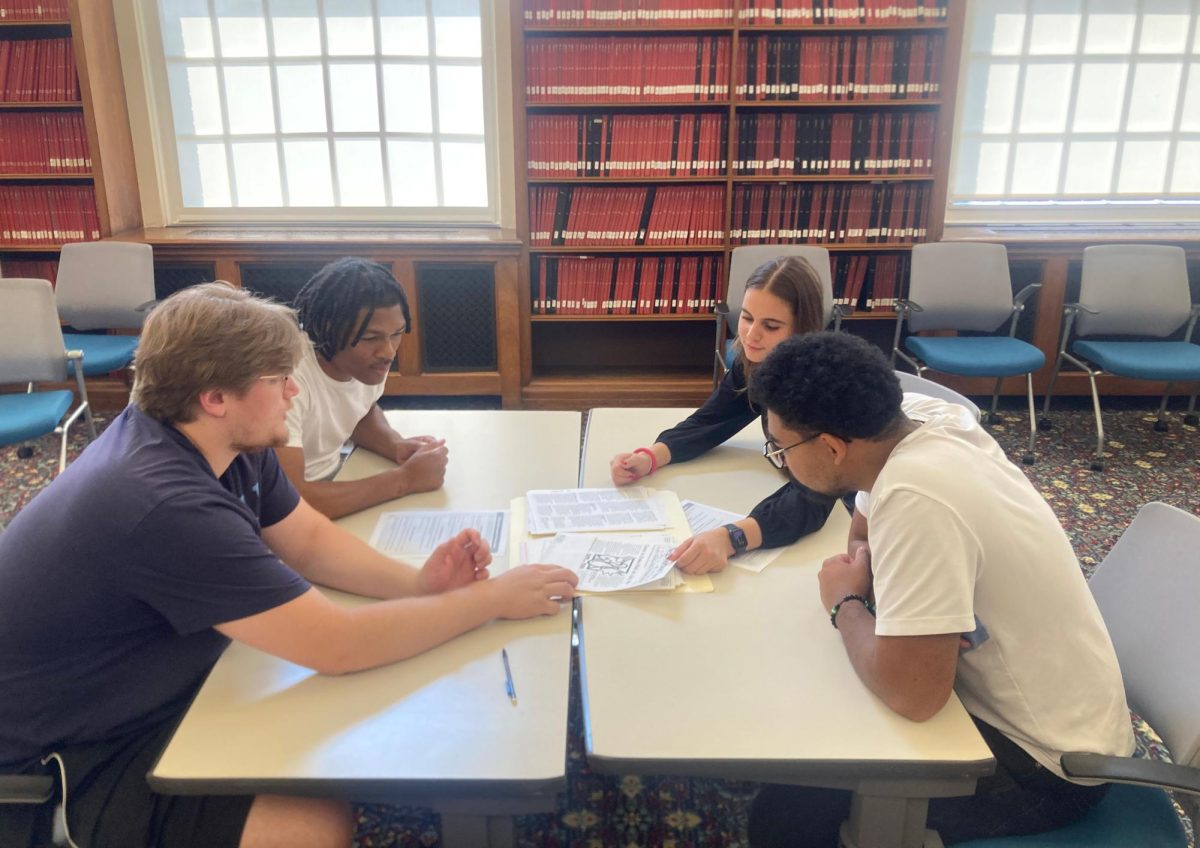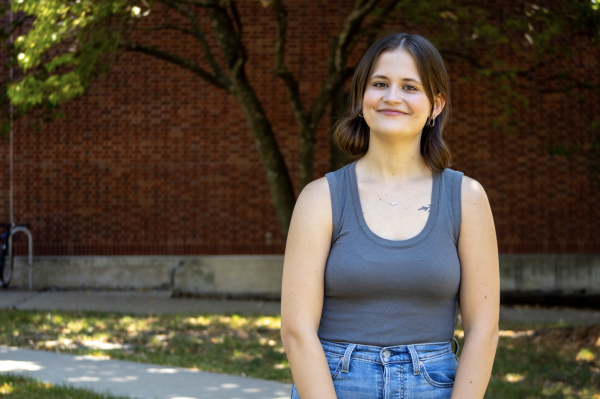Preston Daniels, the first African-American mayor of Des Moines, graduated from Drake with a Bachelors of Science in Psychology in 1971. Though he was born in Chicago, Daniels spent most of his childhood in the Drake Neighborhood.
“This community has treated you very well… these people know where you came from… they support you,” Daniels said. “You owe this community something in return.”
Daniels recently spoke with Drake’s “Practice of Oral History” class taught by Professor Daria Trentini. During this conversation, he discussed the tense relationship between Drake University and the surrounding neighborhood, stating that there will continue to be difficulties as long as Drake continues to isolate itself from the neighborhood.
“It’s time to grow up and do the job,” Daniels said.
Daniels is just one of the subjects of this course’s semester-long project, “Place and Belonging: A Collaborative Oral History of the Drake Neighborhood.” Once completed, this exhibition will be displayed from December to May in the James Collier Heritage Room and Cowles Reading Room at Drake University.
“It’s giving visibility to those communities and people who are not so visible,” Trentini said.
Each student in the anthropology course is working with one community member from the Drake Neighborhood to collect an oral history. Subjects, found through the Drake Neighborhood Association or Trentini’s personal connections, have lived in the neighborhood for up to 50 years.
The goal of the project, which is funded by the Slay Fund for Social Justice, is to answer the question of how people make place and what community means in the Drake neighborhood, Trentini said.
“They have reshaped the identity of the neighborhood,” Trentini said. ”They have found a home here, but at the same time, they have recreated a sense of home by bringing their culture, their experience from elsewhere.”
Student Andrew Willcox is working on his research project with Pastor Warren Rogers, who has been a member of the community since 1989.
“His story is really that of faith and family, is what he’s tried to show,” Willcox said. “He’s now raised four generations of kids that have all come from his name… That sense of family and continuation is really important to him, and I think I can really get that across, especially with articles like pictures.”
Students in the class are expected to conduct three interviews, according to Willcox: the first to gather initial information, the second for follow-up questions and the third to to go over the information that’s been collected with the interviewee.
“It’s a formalized system,” Willcox said. “Setting it up in a structure like that… has made it a lot easier for a large group of students like us who weren’t really familiar with the interview process to really get a grasp on what these anthropology studies are supposed to look like.”
The exhibition itself will consist of pictures and artifacts from each community member, which will be accompanied by excerpts from the interviews.
The exhibition focuses on covering a diverse range of perspectives within the community, Trentini said. She has collaborated with Creative Vision to include information about the East Side of the Drake Neighborhood, which has historically been economically and socially marginalized.
“One of the goals was to see how oral history, the study of the people in the community, challenges or complexifies or says something different from what is officially written in the documents,” Trentini said.
For Trentini, oral history is about describing how people make sense of the past rather than just describing what happened.
“It’s more about meanings, it’s about lived experience and to see these stories not just like stories, but in the context,” Trentini said. “Who is telling this story? How, for example, people coming from other parts of the country use different languages, not just language but different registers, to express their stories — to look at the cultural forms in which stories are narrated.”
In addition to the exhibition, Trentini’s goal with this project is to create a formal archive of oral history in conjunction with the Drake Archives. She hopes to repeat this class in the future to add information on how the neighborhood is changing and transforming.
“We hope that this is the beginning of a bigger project,” Trentini said. “I think that it’s very important when we talk about the past, it’s not just what is written by historians or people in power, but also to include the story of the people – the [stories] which have been marginalized, silenced.”
Willcox emphasized the importance oral histories have when it comes to empathizing with people. He hopes that this project can help build a stronger connection between the University and the underrepresented communities around it.
“Those individual stories really reach out and grab you,” Willcox said. “Hearing Pastor Warren’s story about how he interacted with the community has really helped highlight that the people really love it out here, and I hope that we can get that across to students that they’re not just at a school. They are in a school around a community. There’s people out there that want to interact with them, businesses that want to see them, and they’re all run by really nice people, and we hope to highlight that.”








